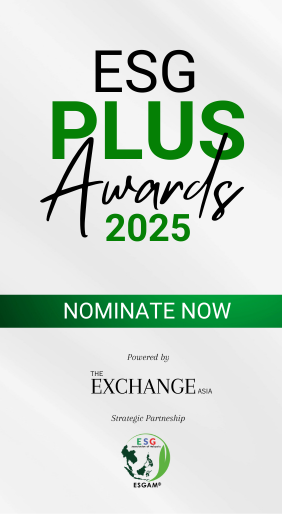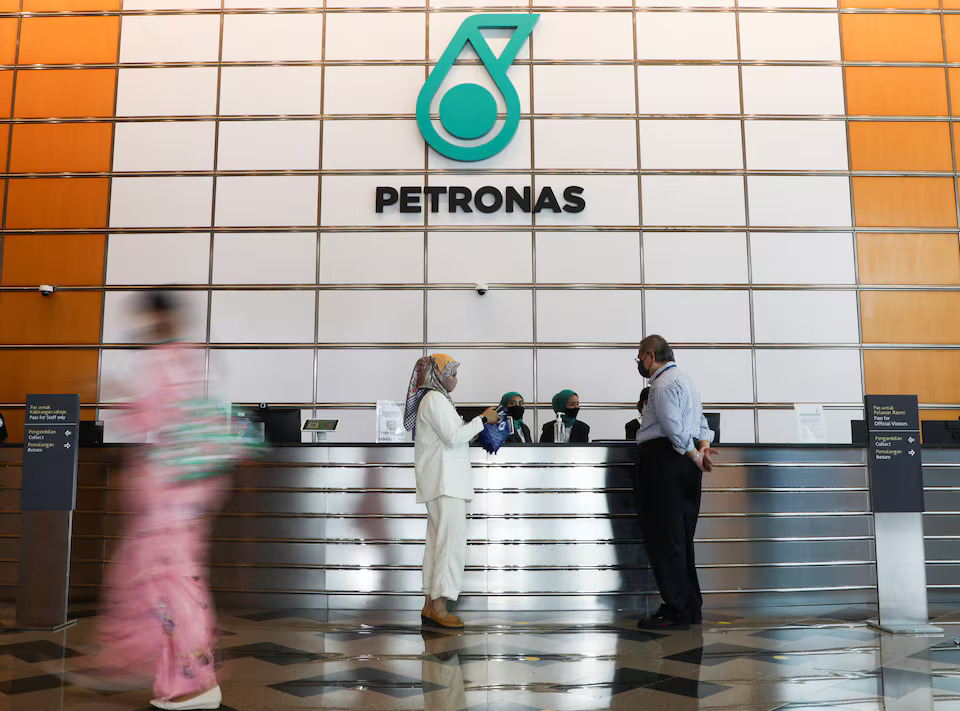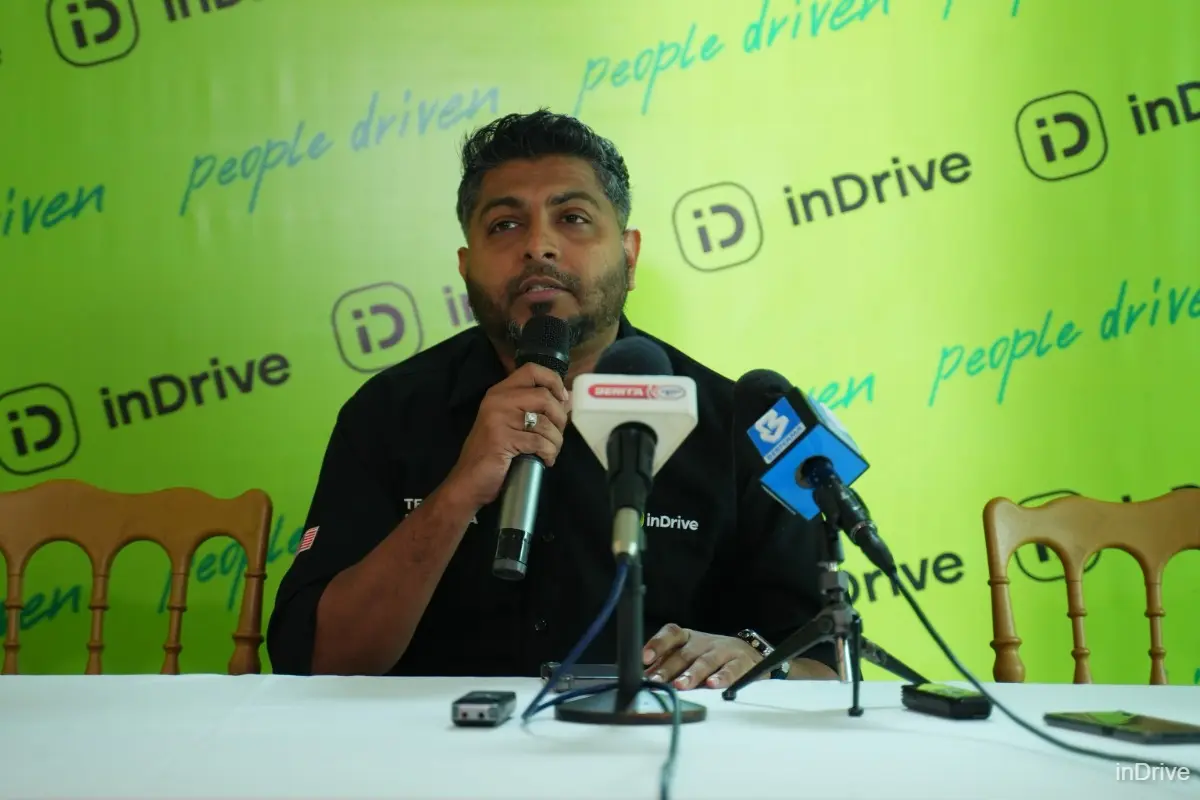KUCHING: Sarawak will benefit from the robust growth in the global sustainable aviation fuel (SAF) market, projected to grow to US$16.8 billion by 2030 from US$1.1 billion in 2023.

Universiti Malaysia Sarawak (UNIMAS) Honorary Professor Dr Madeline Berma said the SAF Industry is experiencing rapid economic growth.
“The International Civil Aviation Organisation has mandated that all aviation companies must use environmentally-friendly fuel by 2027.
“Regular fuel cannot be used anymore, as it emits carbon, which pollutes the air.
“Sarawak will benefit from the ‘first mover advantage’ by being one of the first states in Malaysia to promote the green economy actively as a basis for its development,” she told The Exchange Asia.
SAF can reduce carbon emissions by 80 per cent. By mid-June in 2022, SAF powered some 450,000 flights.
Popular low-cost carrier AirAsia, for example, is currently exploring options to introduce SAF into its fuel mix before 2025.
However, last year, the usage of SAF reached only 600 million litres or 0.5MT.
This is double the amount produced in 2022 but the quantity still amounts to only 0.2 per cent of all aviation fuel produced globally.
A limited production volume means SAF will be much more expensive than conventional jet fuel as there will be fewer takers for this environmentally-friendly alternative due to cost factors.
But these are good reasons to draw cheer for the Borneo state of Sarawak.
The state is gearing up to produce 100,000 barrels of SAF daily by 2030.
Deputy State Secretary Datuk Dr Muhammad Abdullah Zaidel declared Sarawak’s plan to venture into producing SAF in September last year.
The announcement is also timely as Sarawak’s proposed state-owned airline is expected to be up and running by the second quarter of this year.
The state’s home-made SAF will most likely power its planes.
Muhammad Abdullah said that microalgae grown in waters mixed with carbon dioxide would be used to produce SAF, which is increasingly adopted by global airlines.
“The use of carbon dioxide for microalgae cultivation comes when Sarawak is also exploring more business opportunities in the multi-billion-dollar carbon capture, utilisation and storage (CCUS) industry.
“We have identified 10,000 acres of land in Bintulu for the purpose of algae plantation. About 1,000 acres of algae can produce 10,000 barrels of SAF a day, so with 10,000 acres, we can produce 100,000 barrels by 2030,” he was quoted as saying by the local media.
Madeline said Sarawak’s first industrial microalgae production, the CHITOSE Carbon Capture Central Sarawak (C4 Sarawak), was officially launched in May 2023.
“It marked a significant milestone towards achieving a sustainable green economy for Sarawak, aligned to its Green Energy Agenda.
“C4 Sarawak and the research that it will conduct potentially lays the foundation for the development of a new economy within the state, and it will create significant economic value for the people while ensuring sustainability,” she said.
Madeline pointed out that SAF is the future economic driver for Sarawak.

Malaysian Biotechnology Information Centre executive director Dr Mahaletchumy Arujanan said SAF is no longer a buzzword but a ‘must-do’ to decarbonise the aviation industry.
“It is laudable for Sarawak to be an early start-up and pioneer in venturing into this potentially new industry, which still requires more research in the area of lipid extraction from the feedstock, finding ways to reduce the cost of harvesting, and improving the drying procedures to make the end product economically viable for consumers.
“Collaboration between industry and universities will help, and it will also lead to more research positions for our Ph.D. graduates. It will certainly be exciting to watch the growth of the SAF industry and appreciate the reduction of the aviation industry’s carbon footprint,” she told The Exchange Asia.
Mahaletchumy is a renowned science communicator who is listed as being among the 100 most influential persons in biotechnology by Scientific-American.
She is also the executive director of the Malaysian Biotechnology Information Centre based in Petaling Jaya.
On another note, Mahaletchumy suggested that SAF can also be extracted from other kinds of feedstock, such as biomass, and this possibility must be explored.
“Sarawak has a huge and readily available stock of biomass from its pepper and oil palm plantations, and this fodder could promote the sustainable use of agriculture waste that would otherwise end up in landfills and thus contribute to the rise of greenhouse gases.
“Our planet is endangered and in a crisis. The time is now for us to grab the opportunity to reach for far horizons and to focus on this immediate exigency to heal the world,” she added.






